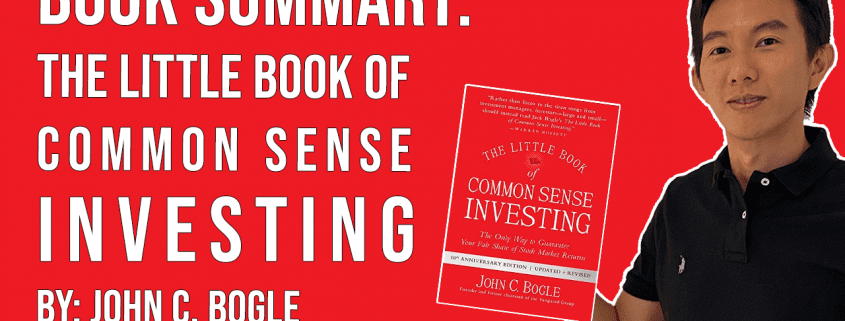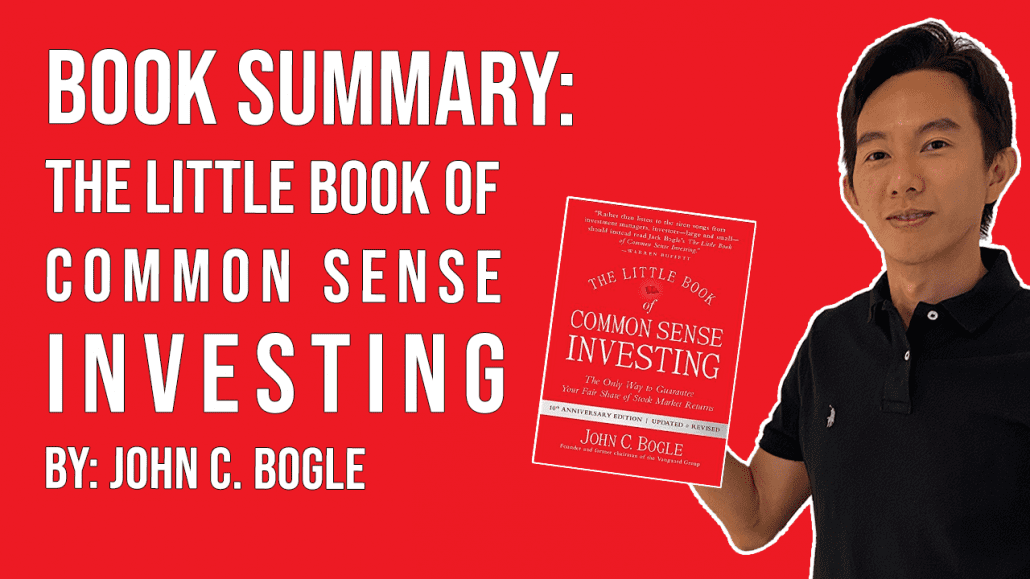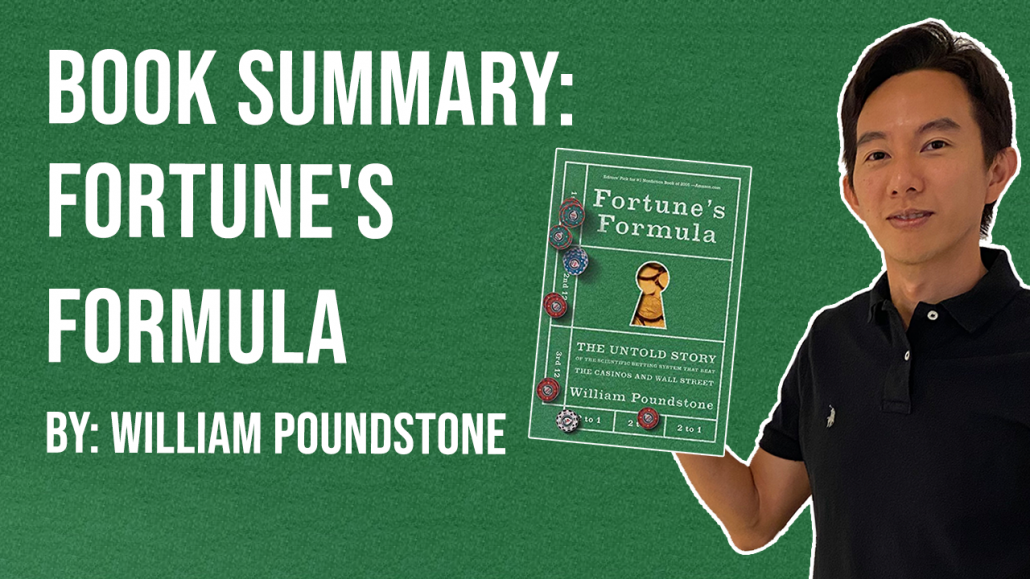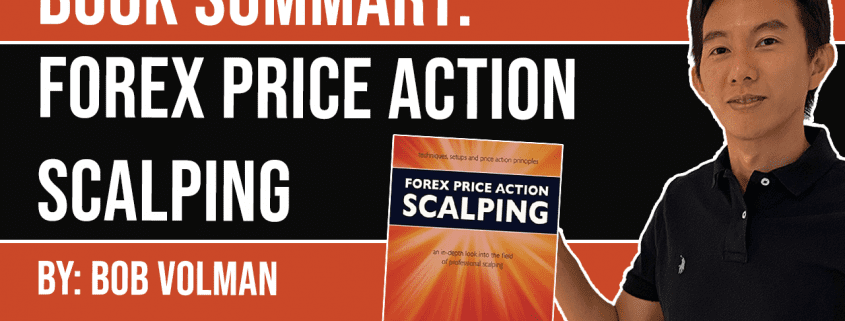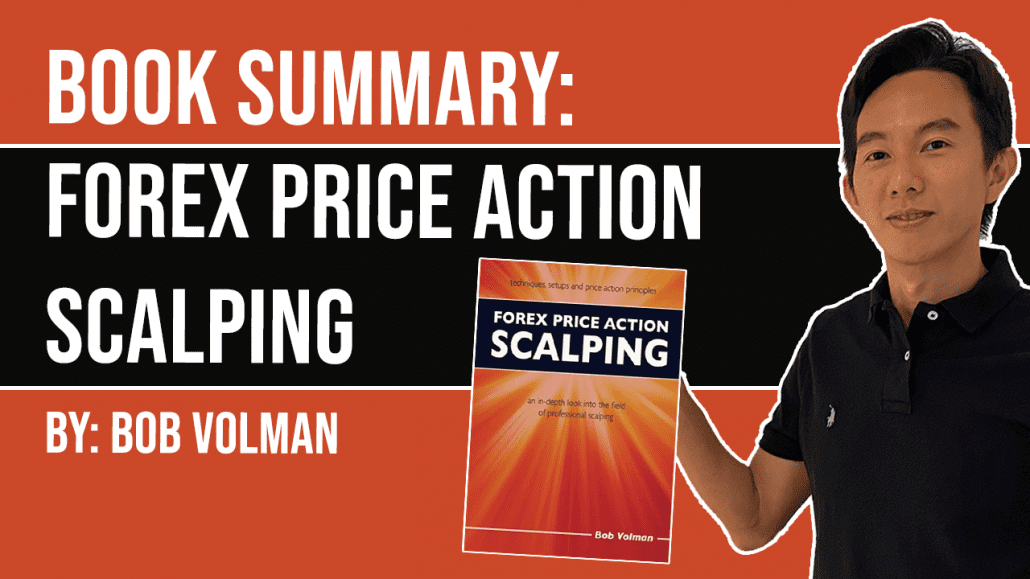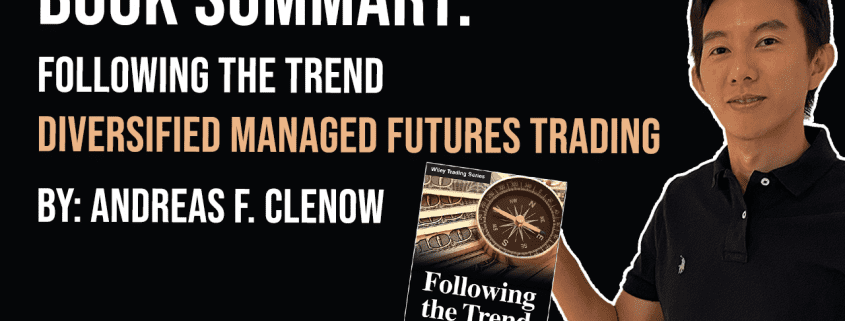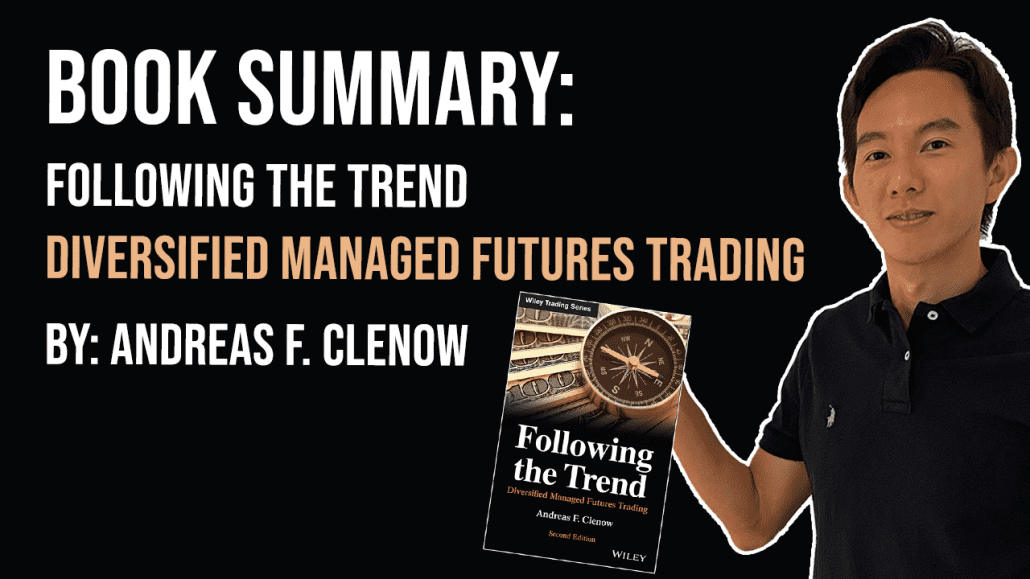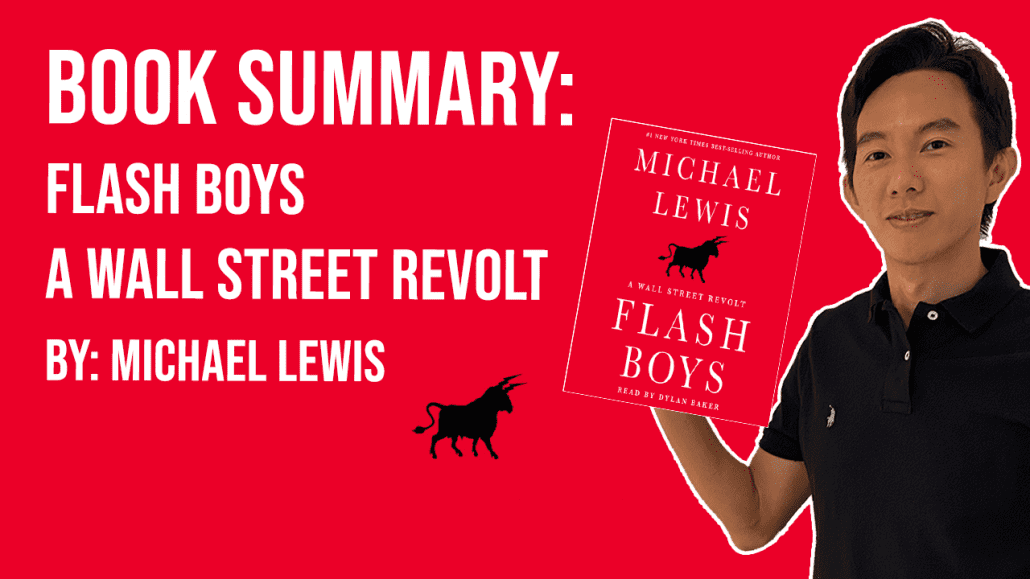If you’re looking to make sense of the often confusing and overwhelming world of investing, “The Little Book of Common Sense Investing” by John C. Bogle is the perfect place to start.
Bogle, the founder of Vanguard Group and a pioneer in the world of index funds, has spent his career advocating for the average investor and promoting the idea of simple, low-cost investing.
In this book, he outlines his philosophy on how to build a solid, long-term investment strategy that can withstand market ups and downs.
In this blog post, I will share all about this book and the author, key ideas from the book, and how you can apply it to your own trading & investing journey.
About the Author
John C. Bogle is a well-respected figure in the world of investing.
He founded Vanguard Group in 1975, a mutual fund company that revolutionized the industry with its low-cost index funds.
Bogle has written numerous books on investing and is known for his straightforward, no-nonsense approach to finance.
He has received numerous awards and accolades for his contributions to the field and is often referred to as the “Godfather of index funds.”
What is the Book About?
“The Little Book of Common Sense Investing” is a comprehensive guide to building a long-term investment strategy that is simple, low-cost, and designed to withstand market fluctuations.
Bogle argues that the best way to achieve financial security is to invest in a diversified portfolio of index funds and to focus on the long-term, rather than trying to beat the market through short-term trading or picking individual stocks.
He also emphasizes the importance of maintaining a disciplined approach to investing and avoiding the temptation to chase after the latest hot investment trend.
The main message of “The Little Book of Common Sense Investing” is that simplicity and low cost are the keys to successful long-term investing.
Bogle argues that most investors, including professionals, are unable to consistently outperform the market, and therefore it makes more sense to simply invest in a diversified portfolio of index funds that tracks the overall market.
He also emphasizes the importance of having a long-term perspective and avoiding the temptation to try to time the market or chase after short-term gains.
10 Key Ideas from the Book
- Index funds are the best way to invest for the long-term: Bogle argues that index funds, which track the performance of a particular market index, are the best way for the average investor to achieve long-term success. This is because they offer diversification, low costs, and consistent returns that tend to match the overall market.
- Most investors, including professionals, are unable to consistently outperform the market: Bogle points out that the vast majority of mutual funds and other investment vehicles fail to outperform the market on a consistent basis. This is due to a variety of factors, including high costs, poor investment decisions, and the fact that it is extremely difficult to consistently pick winning stocks.
- Simplicity is key: Bogle advocates for a simple, low-cost approach to investing that is focused on the long-term. He argues that this is the best way to minimize risk and maximize returns over the long haul.
- Diversification is important: Bogle emphasizes the importance of diversifying your portfolio across different asset classes and industries. This helps to spread out risk and ensure that you are not overly exposed to any one particular investment.
- Emotional investing is a recipe for disaster: Bogle cautions against letting emotions guide your investment decisions. He advises investors to adopt a disciplined approach and to avoid letting fear or greed influence their choices.
- High costs eat into returns: Bogle argues that high fees and expenses associated with many investment vehicles can significantly reduce the returns that investors earn over time. He advocates for low-cost index funds as a way to minimize these costs and maximize returns.
- Long-term investing is the key to success: Bogle emphasizes the importance of taking a long-term approach to investing, rather than trying to time the market or chase short-term gains. He argues that this is the best way to achieve financial security and build wealth over time.
- Don’t try to beat the market: Bogle advises against trying to outsmart the market or pick individual stocks in an effort to outperform the overall market. He argues that this is a difficult and often futile task, and that it is better to simply invest in a diversified portfolio of index funds.
- Don’t chase after the latest hot investment trend: Bogle warns against getting caught up in the hype surrounding the latest investment fad. He advises investors to stick to a disciplined, long-term approach and avoid letting their emotions guide their investment decisions.
- Investing is not about getting rich quickly: Bogle stresses that investing is a long-term process that requires patience and discipline. He advises against trying to get rich quickly through risky or speculative investments and instead encourages investors to focus on building a solid foundation for their financial future.
10 Ways to Apply the Knowledge
- Invest in a diversified portfolio of index funds: Bogle recommends building a diversified portfolio of index funds as the best way to achieve long-term success. This can be done through a mutual fund or exchange-traded fund (ETF) that tracks a particular market index.
- Focus on the long-term: Bogle advises against trying to time the market or chase short-term gains. Instead, he recommends taking a long-term approach to investing and focusing on building a solid foundation for your financial future.
- Keep costs low: Bogle argues that high costs can eat into investment returns over time. He advises investors to look for low-cost index funds as a way to minimize these costs and maximize their returns.
- Avoid letting emotions guide your investment decisions: Bogle advises against letting fear or greed influence your investment choices. He recommends maintaining a disciplined approach to investing and sticking to a long-term plan.
- Diversify your portfolio: Bogle emphasizes the importance of diversifying your portfolio across different asset classes and industries. This helps to spread out risk and ensure that you are not overly exposed to any one particular investment.
- Don’t try to beat the market: Bogle advises against trying to outsmart the market or pick individual stocks in an effort to outperform the overall market. He argues that this is a difficult and often futile task, and that it is better to simply invest in a diversified portfolio of index funds.
- Avoid chasing after the latest hot investment trend: Bogle warns against getting caught up in the hype surrounding the latest investment fad. He advises investors to stick to a disciplined, long-term approach and avoid letting their emotions guide their investment decisions.
- Educate yourself about investing: Bogle advises investors to educate themselves about the basics of investing and to understand the risks and potential rewards of different types of investments. This can help you make informed decisions and build a solid foundation for your financial future.
- Don’t try to get rich quickly: Bogle stresses that investing is a long-term process that requires patience and discipline. He advises against trying to get rich quickly through risky or speculative investments and instead encourages investors to focus on building a solid foundation for their financial future.
- Seek professional advice if needed: If you are new to investing or feel unsure about your investment strategy, Bogle advises seeking the help of a financial advisor or professional. They can provide guidance and help you create a plan that is tailored to your specific financial goals and risk tolerance.
Other Important Points from the Book
- Market fluctuations are a normal part of the investing process: Bogle advises investors to expect market ups and downs and to not let these fluctuations shake their confidence in their long-term investment strategy.
- Don’t put all your eggs in one basket: Bogle advises against putting all your money into one or two investments. Instead, he recommends building a diversified portfolio that includes a mix of different asset classes.
- Risk and reward are closely linked: Bogle advises investors to understand the risks associated with different investments and to be prepared for the possibility of losses. However, he also stresses that higher-risk investments often have the potential for higher returns.
- The power of compound interest: Bogle points out the powerful effect that compound interest can have on your investments over the long-term. He advises investors to start saving and investing as early as possible to take advantage of this effect.
Concluding Thoughts
Overall, “The Little Book of Common Sense Investing” is a valuable resource for anyone looking to build a solid, long-term investment strategy.
Bogle’s straightforward, no-nonsense approach to investing makes the complex world of finance accessible and easy to understand.
I would recommend this book to anyone who is new to investing or looking to simplify their investment approach, as well as more experienced investors who are looking to review the basics and fine-tune their strategy.
Whether you are a beginner or a seasoned pro, there is something to be gained from Bogle’s wisdom and advice.
Now that I have covered all the key learning points of this book, would you consider adding it to your reading list?
For those who have already read it, what are some of your key learning points?
Let me know in the comments below!

If you would like to find more book summaries and recommendations, also check out: “Best Investing & Trading Books of All Time”
After trading for 18 years, reading 1500+ books, and mentoring 1000+ traders, I specialise in helping people improve their trading results, by using tested trading strategies, and making better decisions via decision science.

